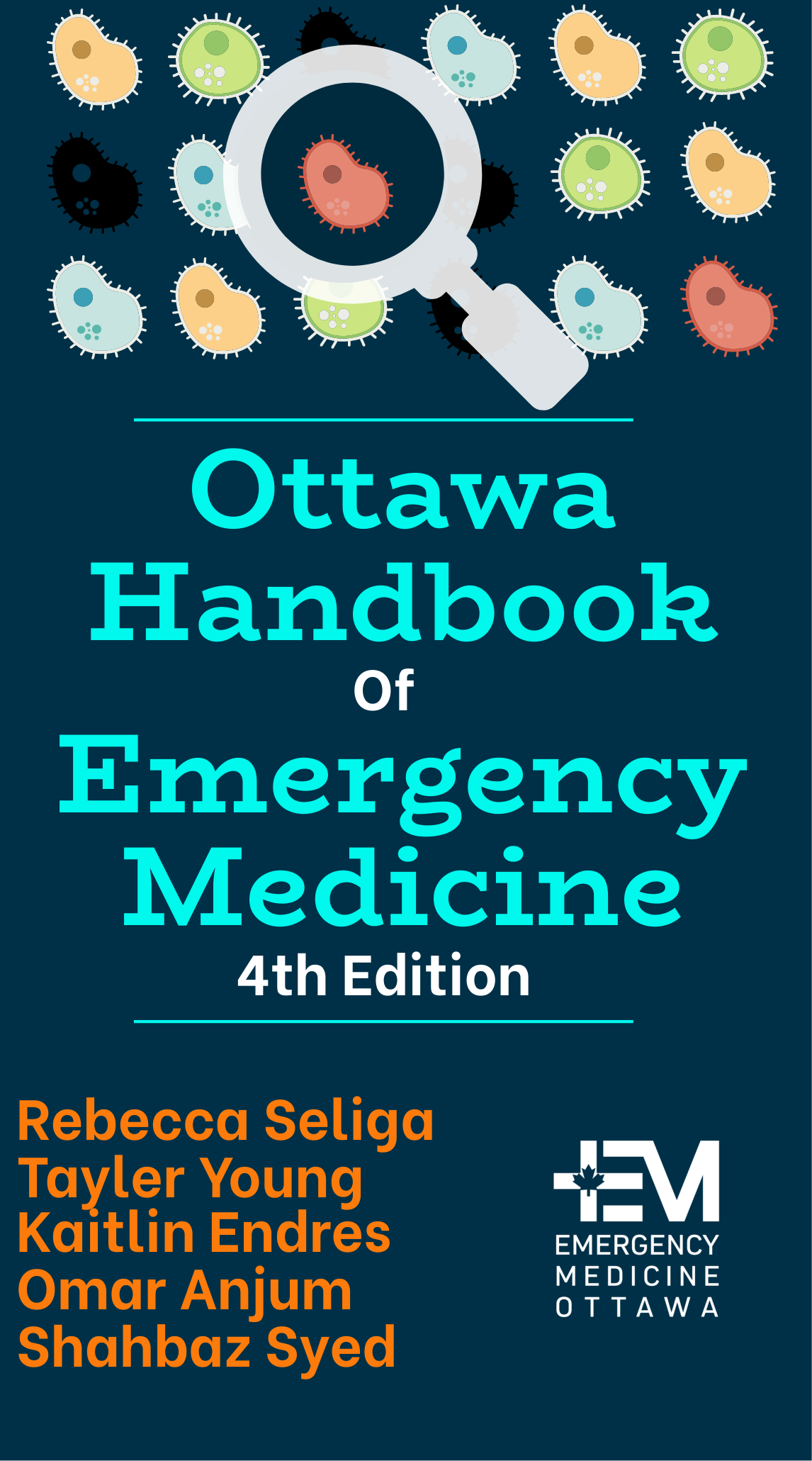Revision Resources
Recent Posts View All
September FOAMed
Suturing

Traumatic lacerations presenting to the emergency department are, by definition, contaminated (ie non-sterile). Standard management involves irrigation, local anesthesia, closure and tetanus update if required. The existing literature has never shown benefit to sterile gloves in these types of injuries if we irrigate and clean the site appropriately. Not using a full sterile prep (ie drapes, sterile gloves etc) has the advantages of saving time, resources, and costs. But, would use of sterile drapes and gloves lead to a lower infection rate?
Diphtheria

You may be familiar with diphtheria because it is included in your local vaccination schedule, but the chances that you have encountered a child suffering from the disease are considerably slimmer. Diphtheria has been around for centuries: Hippocrates may have described it 2500 years ago when he wrote about an influenza-like disease causing skin lesions and “arachnoid” formations in the mouth. French physician, Pierre Bretoneau, named the disease diphtheria in 1826 after the Greek word diphtérite (leather). This referred to the tough pseudomembranes that form in the patient’s throat. Diphtheria was a major cause of childhood death but is now very rare in high-income countries thanks to vaccination. There continue to be small-scale outbreaks, such as recently in Australia. It is also more common in regions with poor vaccination rates, such as the former Soviet Union, and in conflict areas.
Nausea/Vomiting Beyond GI

Nausea and vomiting are non-specific symptoms of medical illness that can be triggered by peripheral autonomic or central stimuli. In peripheral pathways, gastrointestinal irritation can trigger afferent nerves and produce vagal stimulation to the nucleus tractus solitarius, which will, in turn, respond with signals to induce gastric emptying. Emetic agents in the blood, such as toxins, vestibular stimulators, or chemoreceptive receptor stimulators can also trigger activation of the nucleus tractus solitarius through centrally mediated pathways in the area postrema of the medulla, cerebellum, or cerebral cortex
Ottawa Handbook of EM

Highlights of the fourth edition include: acid-base disorders, approach to red eye, thyroid emergencies, vaginal bleeding, pericarditis and myocarditis, and monoarthritis.
Are you sure you wish to end this session?

